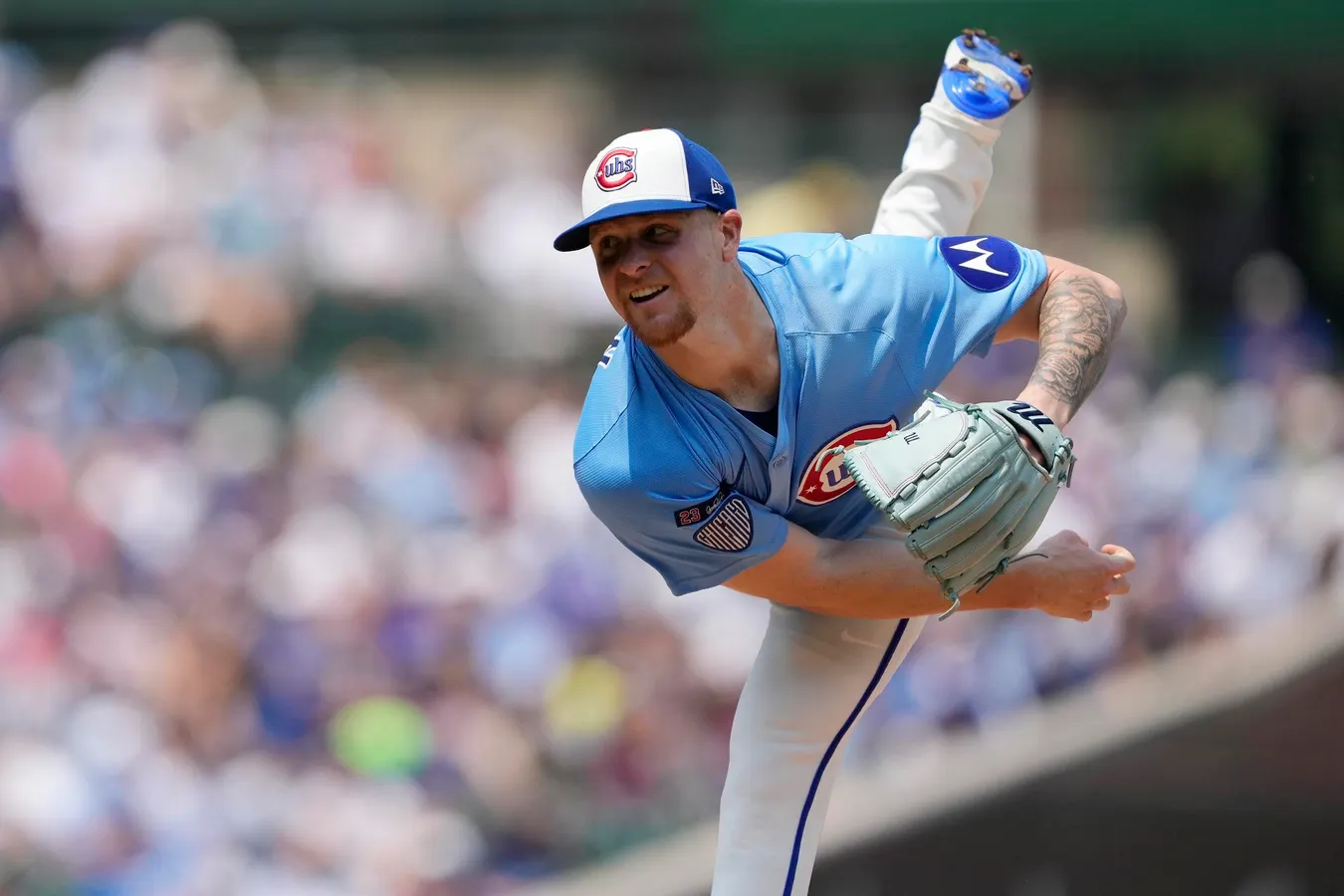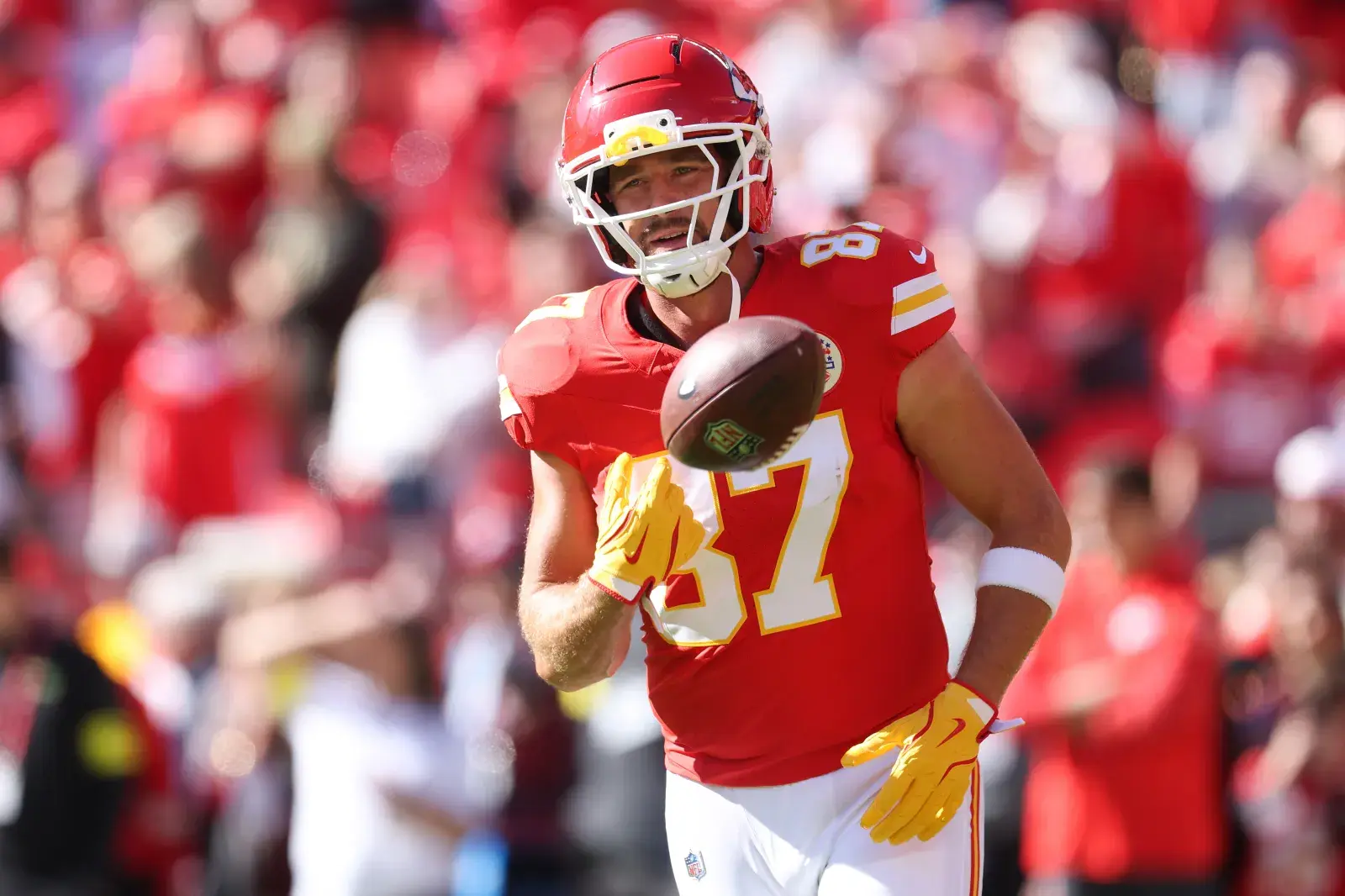Copyright forbes

There are many more baseball rookies being used by MLB teams these days. Statistics show that is not necessarily a good thing. Rookies in 2025 combined to bat just under .230. Pitchers combined for an overall 4.82 ERA. That means more than half these players did not match these poor numbers and are likely destined for very short MLB careers. Nick Kurtz and Jacob Wilson of the Athletics, Daylen Lile of the Washington Nationals, Agustin Ramirez of the Miami Marlins and Eric Wagaman of the Tampa Bay Rays had the best offensive output of all MLB players in 2025 who had rookie status. CHICAGO: Cade Horton of the Chicago Cubs pitches against the Baltimore Orioles at Wrigley Field on Aug. 1, 2025. (Photo by Patrick McDermott/Getty Images) Getty Images Cade Horton of the Chicago Cubs, Jack Leiter of the Texas Rangers and the St. Louis Cardinals’ Matt Svanson and Michael McGreevy were the best pitchers among rookies. How they eventually compare with rookies from 1925, 1955 and 2005 will not be known for another 20 years. We do know what rookies in those years accomplished over their careers, however. And it shows what everybody thinks of the game: there’s more home runs at the expense of fewer walks, more strikeouts, lower batting averages and poorer pitching. Here are the average numbers for all players with rookie status in 2025, followed by what is right now, the career leader. After that, we have the same numbers for all rookies in 1925, 1955 and 1975. MORE FOR YOU Rookies In 2025 BRONX, NY: Jacob Wilson of the Athletics at shortstop against the New York Yankees on June 29, 2025 at Yankee Stadium. (Photo by Rich Graessle/Icon Sportswire via Getty Images) Icon Sportswire via Getty Images 448 players had rookie status 275 were pitchers 186 players had at least one time at bat (Includes 28 pitchers who batted) CAREER OFFENSIVE AVERAGES (Leading player) Games: 45.3 (Eric Wagaman, 158) AB: 127.6 (Jacob Wilson, 578) Hits: 29.3 (Wilson, 174) Runs: 15.7 (Nick Kurtz, 90) Doubles: 5.8 (Wagaman, Agustin Ramirez, 33( Triples: 0.49 (Daylen Lile, 11) Homers: 3.3 (Kurtz (36) RBI: 14.1 (Kurtz, 86) Steals: 3.1 (Chandler Simpson, 44) Walks: 10.7 (Kurtz, 63) Strikeouts: 35.3 (Kurtz, 151) Batting Average: .229.6 (at least 100 AB: Luke Keaschall, .302) CAREER PITCHING AVERAGES (Includes 7 position players who pitched) Games: 17.0 (Brandon Eisert, Carlos Vargas, 75) Starts: 3.8 (Will Warren, 38) Innings: 34.6 (Jack Leiter, 187.3) Hits allowed: 34.0 (Warren, 191) Walks allowed: 14.7 (Leiter, 84) Strikeouts: 32.4 (Warren, 200) W: 1.7 (Cade Horton, Michael McGreevy 11) L: 1.9 (Tanner Gordon, 14) SV: 0.37 (Seth Halvorsen, 13) ERA: 4.82 (at least 50 IP: Matt Svanson, 1.94) One reason there’s more rookies now than 100 years ago is there are 30 MLB teams compared to 16 back then. That’s the biggest diffrerence, the dilution of talent, which also has taken a hit from the popularity of other sports. Yes, population has risen, but athletes are now turning to football, basketball, soccer, hockey and other sports. Baseball does not enjoy the exclusivity it once had. Rookies In 1925 BRONX, NY: New York Yankees pitcher Red Ruffing on a workout day during 1941 World Series. (Photo by Seymour Wally/NY Daily News Archive via Getty Images) NY Daily News via Getty Images 112 had rookie status Hall of Famers: Lou Gehrig, Mickey Cochrane, Earle Combs, Freddie Lindstrom, Red Ruffing, Lefty Grove) CAREER OFFENSE AVERAGES (Includes 52 pitchers) Seasons: 5.9 Games: 274.1 Hits: 374.6 Runs: 172.2 Doubles: 53.2 Triples: 21.1 Homers: 7.3 Steals: 53.7 Strikeouts: 157.8 Batting Average: .260 CAREER PITCHING AVERAGES Seasons: 5.7 Games: 81.5 Innings: 534.4 Hits allowed: 489.1 Walks allowed: 178 Strikeouts: 218 Rookies In 1955 ST. LOUIS: Jim Bunning of Detroit, pitching in 1957 All-Star Game at Busch Stadium on July 9. Bunning won. Bettmann Archive Hall of Famers: Jim Bunning, Roberto Clemente, Harmon Killebrew. CAREER OFFENSE AVERAGES (Includes 41 pitchers) Seasons: 7.3 Games: 430.5 Hits: 283.9 Runs: 136.9 Doubles: 42.6 Triples: 9.0 Homers: 32.2 Steals: 7.1 Strikeouts: 185 Batting Average: .252 CAREER PITCHING AVERAGES Seasons: 7.2 Games: 200.8 Innings: 763.8 Hits allowed: 727 Walks allowed: 287 Strikeouts: 455.4 Rookies In 2005 BRONX, NY: Robinson Cano of the New York Yankees follows through on his three run home run against the Chicago White Sox on May 2, 2010 at Yankee Stadium. (Photo by Jim McIsaac/Getty Images) Getty Images There are no players who were rookies in 2005 who have been elected to the Baseball Hall of Fame. There were many good players that had long and productive careers, however. Second baseman Robinson Cano, catcher Brian McCann and pitcher Felix Hernandez went to 8, 7, and 6 All-Star games respectively. First baseman Edwin Encarnación crashed 424 career homers. Huston Street had 324 saves. But for every really good player there were boatloads of guys who lasted fewer than 20 games. Batting averages were lower, strikeouts increased and the game was not as entertaining. Triples are exciting. The hitter is racing around the bases as fielders scramble to get the ball. Rookies in 1925 averaged more than 21 triples for a career. The 2005 rooks averaged 4.4. 174 rookies CAREER OFFENSE AVERAGES (Includes 90 pitchgame Seasons: 7.0 Games: 346.0 Hits: 236.2 Runs: 120.3 Doubles: 47.3 Triples: 4.4 Homers: 29.6 Steals: 10.9 Walks: 85.7 Strikeouts: 193.2 Batting Average: .257 CAREER PITCHING AVERAGES Seasons: 7.2 Games: 214.2 Innings: 470.4 Hits allowed: 475.1 Walks allowed: 170.9 Strikeouts: 368.3 Where Are Baseball Rookies Headed? Baseball rookies will go in the direction that the game’s decision makers take the sport. Rules changes in recent years have tried to instill more contact hitting and base stealing. It helped as evidenced by some top young rookies in 2025 such as Chandler Simpson, Jasson Dominguez, Jake Mangum and Caleb Durbin making an impression on the base paths. All pitchers in Major League Baseball in 2025 with threw more breaking balls and off-speed stuff. If that trend continues, hurlers in the future should be able to carry more of a workload and have longer careers -- as they did years ago. In order to do that, pitchers usually must spend more time in the minors honing their craft. It takes a lot more time and instruction to master a four-pitch mix than just raring back and firing 100 miles per hour. It won’t happen overnight but the recent trend is encouraging Editorial StandardsReprints & Permissions



